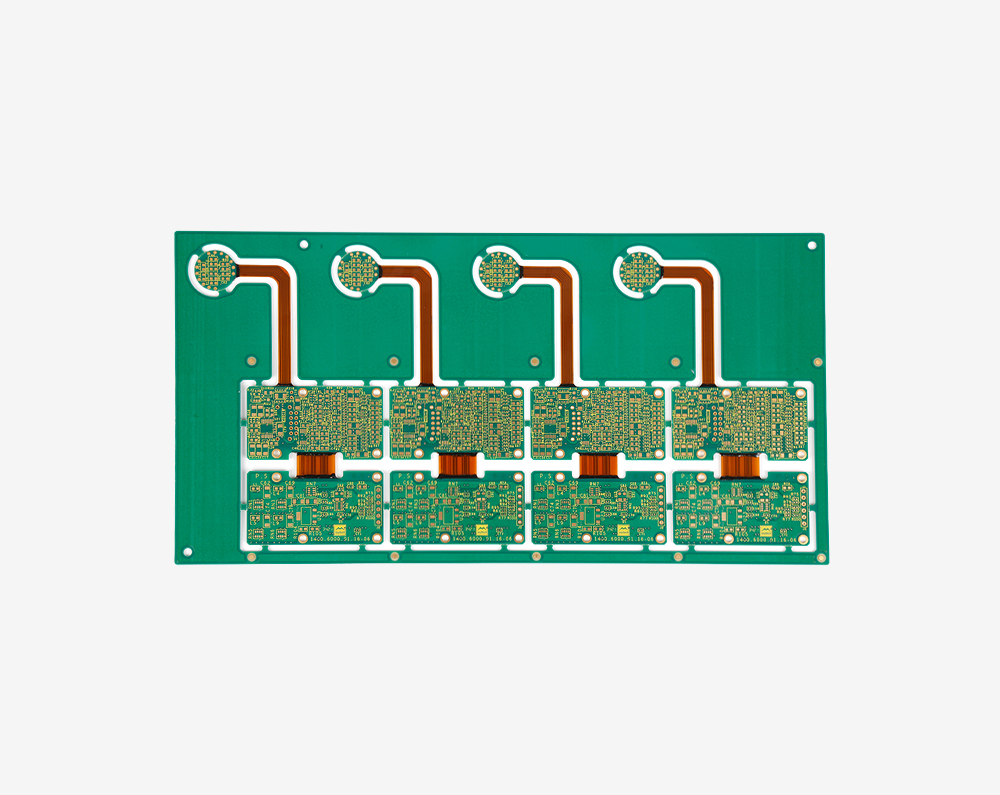Time:2023-10-12Views:
The volume of electronic products is becoming increasingly thin and short, and directly stacking holes on through blind holes is a design method to achieve high-density interconnection. To achieve good hole stacking, the first step is to ensure the flatness of the hole bottom. There are several typical methods for making flat hole surfaces, and electroplating hole filling process is one of the representative ones. The electroplating hole filling process can not only reduce the necessity of additional process development, but also be compatible with current process equipment, which is conducive to achieving good reliability. So, what factors affect the PCB electroplating hole filling process?
In PCB sampling, the influence of substrate on electroplating hole filling cannot be ignored, generally including factors such as dielectric layer material, hole shape, thickness to diameter ratio, and chemical copper coating.

(1) Medium layer material. The material of the dielectric layer has an impact on electroplating hole filling. Compared to glass fiber reinforced materials, non glass reinforced materials are easier to fill holes. It is worth noting that the protruding glass fibers in the pores have adverse effects on chemical copper. In this case, the difficulty of electroplating hole filling lies in improving the adhesion of the chemical coating seed layer, rather than the hole filling process itself.
In fact, electroplated hole filling on fiberglass reinforced substrates has been applied in practical production.
(2) Thickness to diameter ratio. At present, both manufacturers and developers attach great importance to the filling technology for holes with different shapes and sizes. The filling capacity is greatly influenced by the thickness to diameter ratio of the hole. In production, the size range of holes will be narrower, with a general diameter of 80pm~120Bm, a hole depth of 40Bm~8OBm, and a thickness to diameter ratio of no more than 1:1.
(3) Electroless copper plating layer. The thickness, uniformity, and placement time of the chemical copper coating all affect the filling performance. Chemical copper is too thin or uneven in thickness, resulting in poor filling effect. Usually, it is recommended to fill holes when the thickness of chemical copper is>0.3pm. In addition, the oxidation of chemical copper also has a negative impact on the filling effect.

